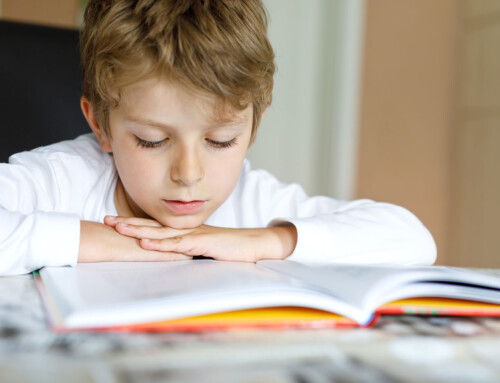On June 7, 2012, CASCW co-sponsored a reflective seminar on the role of supportive housing in the lives of at-risk adolescents and vulnerable families. For a summary of the seminar, as well as implications for children & families experiencing homelessness (in terms of supportive housing as a tool to increase permanency and stability), please see our Stability, Permanency, and Adoption Blog post. This blog post will cover policy-level issues raised at the seminar.
The Minnesota Visible Child Work Group
Minnesota Session Laws, 2012 Regular Session, Chapter 247, Article 3, Section 27

identify and recommend issues that should be addressed in a statewide, comprehensive plan to improve the well-being of children who are homeless or have experienced homelessness.
This work group, the result of collaborative efforts among various agencies across the state, had bipartisan support in the legislature. Sharon Henry-Blyth, the director of the Visible Child Initiative
Some questions that the work group hopes to answer include the status of homeless children in Minnesota, their needs, and the strategies being used to address this issue. A broader goal is to have children and families embedded in the services offered by supportive housing. Henry-Blyth stated the importance of recognizing that we must focus on children as a part of the larger family, not just children alone.
Henry-Blyth also pointed out that one issue to be addressed through this work group is the lack of resources available for workers to use with families experiencing homelessness, and the fact that the system is not designed to meet the intricate needs of these families. From their press release,
“The framework created by the Visible Child Work Group will provide a unique opportunity for legislators, members of the Governor’s Children’s Cabinet, providers, advocates, funders, businesses, and Minnesotans who have experienced homelessness to work together to improve the healthy development of homeless children.”
The legislative report is due by December 15, 2012, & must include the following:
- recommendations for a comprehensive, statewide plan to improve child wellbeing for children experiencing homelessness;
- a recommended definition of “child well-being”;
- evidence-based interventions and best practices for improving child well-being;
- implementation timelines and ways to measure progress;
- ways to address issues of collaboration and coordination across systems;
- recommendations regarding the type of data and information necessary to develop, effectively implement, and monitor a strategic plan;
- funding plans for implementation; and
- recommendations for ongoing reports on the well-being of children and for monitoring progress in implementing the statewide comprehensive plan.
Thanks to Danielle Hegseth for taking notes during the seminar!
| Tweet |
